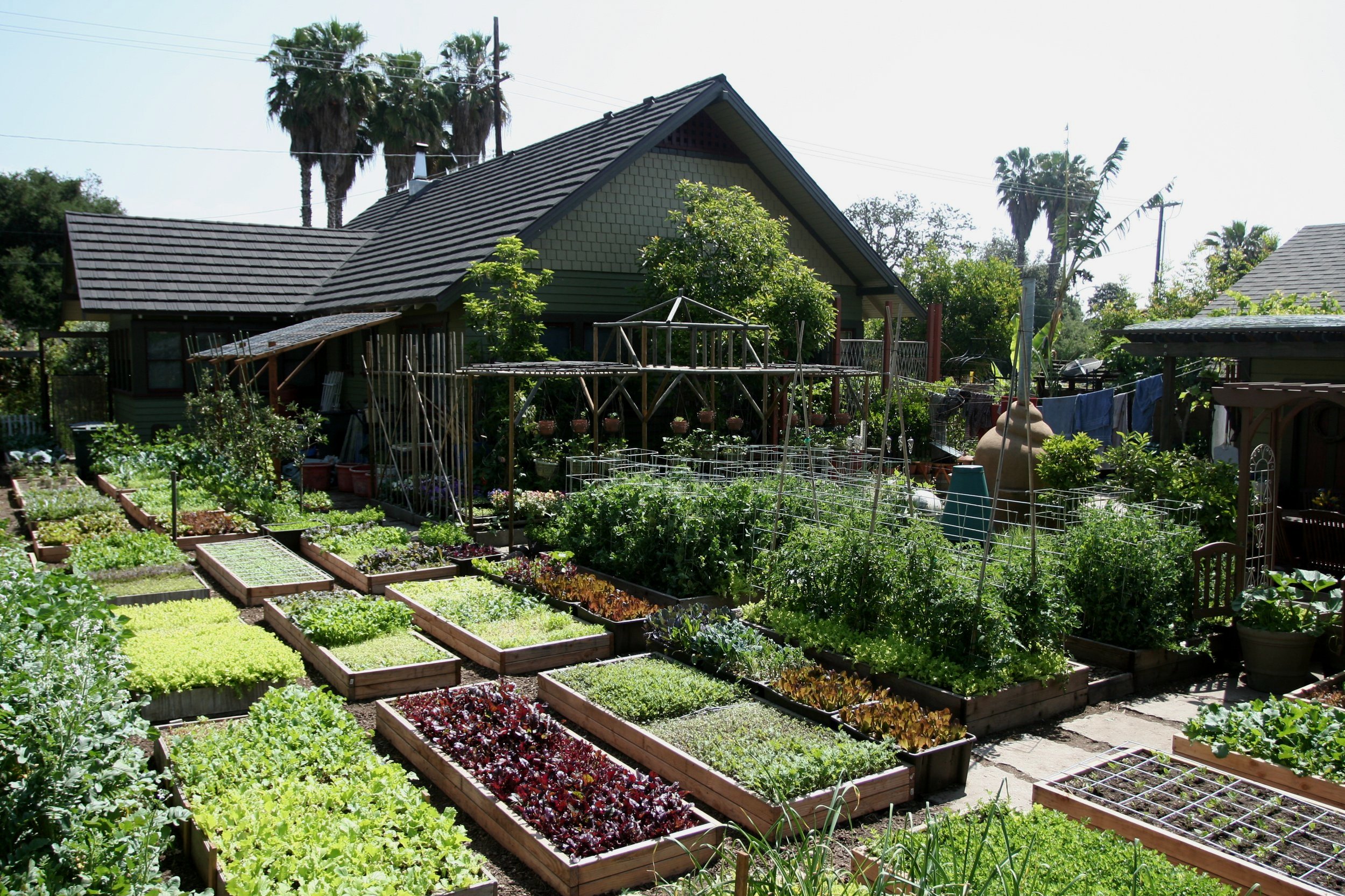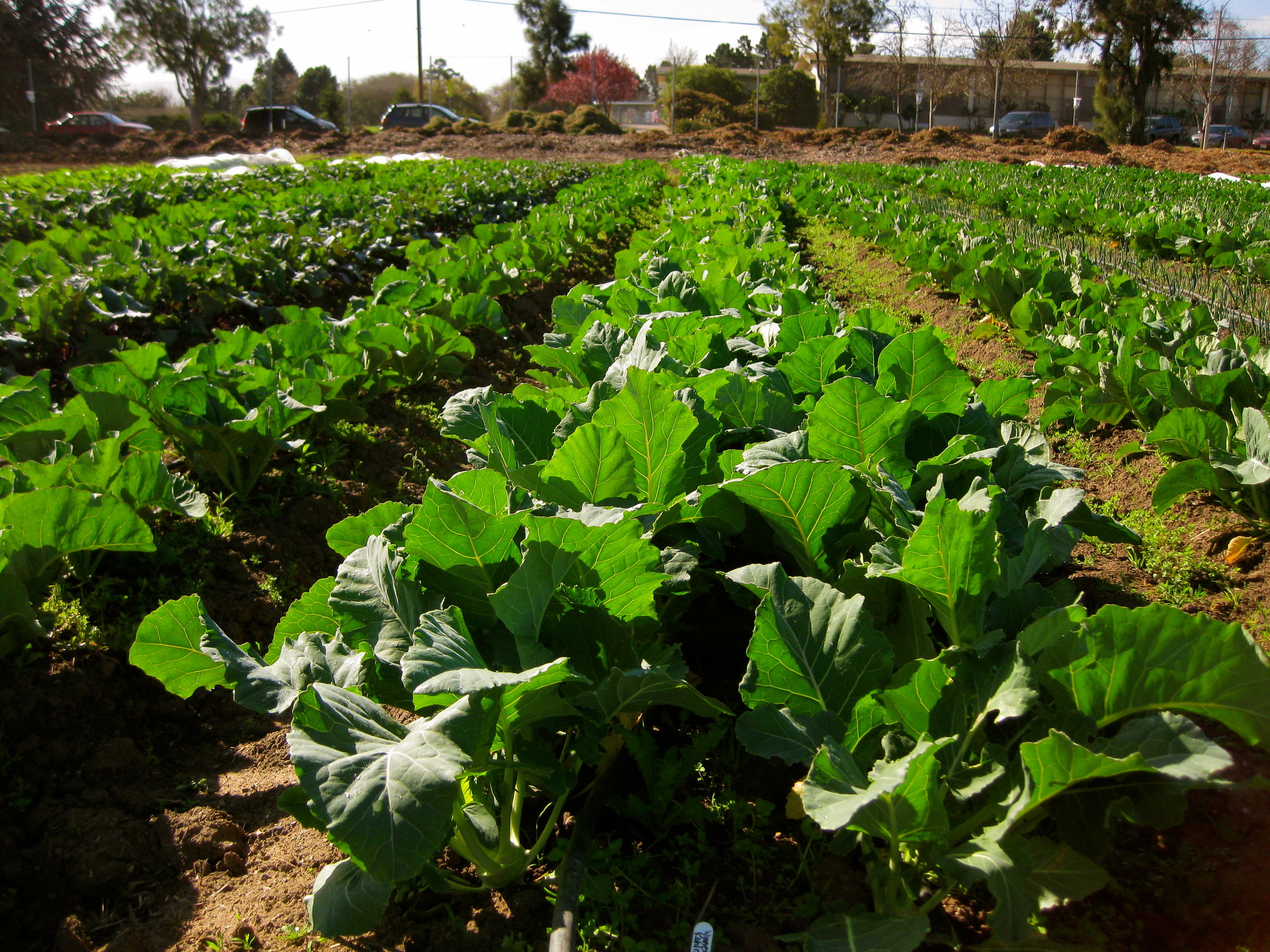Discover the Tricks to Developing a Efficient and attractive Horticulture Space
Developing a productive and attractive gardening room is not merely a matter of planting blossoms and veggies; it calls for a tactical strategy that incorporates numerous critical components. From picking the right location based on sunshine and soil type to thoughtfully developing your layout and selecting suitable plants, each choice plays a pivotal role in the success of your garden.
Picking the Right Location
Picking the optimal area for your garden is critical to its success and general aesthetic charm. The initial step in this procedure includes assessing sunlight exposure, as many plants call for at the very least 6 hours of direct sunshine daily (Homestead Gardening). A south-facing garden generally obtains the most light, while shaded locations can impede development and blooming
Furthermore, consider soil quality and water drainage. Well-draining dirt is important to avoid water logged origins, which can cause plant illness. Performing a soil examination can supply useful info concerning pH levels and nutrition web content, enabling you to change the dirt accordingly.
Moreover, closeness to water sources is another aspect to consider - Homestead Gardening. Having simple access to a hose or irrigation system can simplify the watering procedure and urge consistent plant treatment. Wind security is additionally important; placing your garden near frameworks, such as wall surfaces or fences, can protect it from rough winds that might harm fragile plants
Finally, consider ease of access for maintenance and harvesting. A well-placed garden allows for practical gain access to, ensuring that you can easily often tend to your plants without causing unnecessary stress or disruption. Thoughtful area choice lays the foundation for a growing garden.
Picking Plants Sensibly
When choosing plants for your garden, it's vital to take into consideration elements such as climate, soil conditions, and personal choices to guarantee a unified and productive area. A complete understanding of your local environment will guide you in choosing plants that flourish in your particular atmosphere. As an example, choosing drought-resistant selections is beneficial in deserts, while moisture-loving varieties may be better suited for areas with high rainfall.
Soil conditions are similarly vital; conducting a soil examination can expose pH degrees and nutrition content, permitting you to select plants that will grow. Native plants are frequently a superb choice, as they are usually well-adapted to regional dirt types and require less upkeep.
Mirror on your personal preferences-- picking plants that resonate with your visual tastes will enhance your enjoyment and commitment to maintaining your yard. By very carefully examining these factors, you can create a varied and successful plant choice that elevates your gardening experience.
Creating Your Garden Layout
With an attentively picked plant selection in hand, the next action is to create a garden design that makes best use of both charm and performance. Begin by assessing the offered room, taking into consideration aspects such as sunshine, shade, and wind patterns. A tactical layout should include different areas, consisting of locations for planting, paths, and potentially seating.
Start with bigger plants or focal points, such as trees or high perennials, placed purposefully to create aesthetic passion. Layer smaller plants in front to boost depth and appearance. Take into consideration the growth routines of your chosen plants; taller selections should be placed at the back or facility of beds, while shorter ones can line the edges.
Including pathways not just assists in accessibility for upkeep yet also invites expedition. Use materials that complement the garden's total aesthetic, whether rock, gravel, or timber chips.
Furthermore, think of seasonal modifications and how your design will certainly look throughout the year. Integrating evergreens alongside seasonal blossoms can guarantee year-round charm. Ultimately, a properly designed garden layout balances the natural appeal of plants with useful considerations, resulting in a room that is both welcoming and efficient.
Enhancing Soil Wellness

To improve dirt health, start by carrying out a dirt test to evaluate pH levels, nutrition material, and soil texture. Include natural issue such as compost, well-rotted manure, or leaf mold to boost dirt framework, water retention, and microbial task.
Mulching is another reliable technique; it not only conserves Check This Out moisture however additionally subdues weeds and progressively enhances the dirt as it damages down. Staying clear of extreme husbandry is vital, as it can interrupt dirt framework and damage valuable microorganisms. Rather, embrace no-till or marginal husbandry methods to maintain dirt honesty.

Preserving Your Garden Successfully
A well-maintained garden is a resource of pride and efficiency, needing constant interest to guarantee that plants thrive and the landscape remains inviting. Efficient garden upkeep includes numerous crucial methods that boost the health of your plants and the general visual of your area.
Regular watering is essential; nonetheless, it is necessary to customize your watering schedule based on the certain needs of your plants and neighborhood climate conditions. Mulching can aid preserve moisture, suppress weeds, and control soil temperature level. In addition, timely weeding prevents competitors for sources and nutrients, making sure that your plants prosper.
Pruning is an additional important task. It motivates healthy growth, gets rid of unhealthy or dead branches, and shapes plants to maintain an appealing framework. Furthermore, monitoring for illness and bugs is essential; early detection and treatment can save your plants from significant damage.
Fertilizing must be performed thoughtfully, making use of organic choices whenever feasible to promote lasting soil health. Seasonal tasks such as growing, dividing perennials, have a peek at this site and preparing for visit homepage wintertime will certainly ensure your yard remains dynamic year-round. By complying with these techniques faithfully, you can grow a yard that is both gorgeous and productive.
Conclusion
Selecting an appropriate area with adequate sunlight, choosing ideal plants, creating an aesthetically pleasing layout, enhancing dirt wellness, and ensuring normal maintenance are necessary parts. By incorporating these methods, one can cultivate a growing yard that not just enhances the landscape but likewise advertises ecological balance and sustainability.
From picking the right area based on sunlight and dirt type to attentively creating your design and selecting suitable plants, each decision plays an essential function in the success of your garden. Well-draining soil is important to avoid water logged roots, which can lead to plant illness.When picking plants for your garden, it's essential to take into consideration variables such as climate, soil problems, and personal choices to make certain a productive and unified area. Ultimately, a well-designed garden design integrates the all-natural beauty of plants with functional factors to consider, resulting in a room that is both inviting and efficient.
